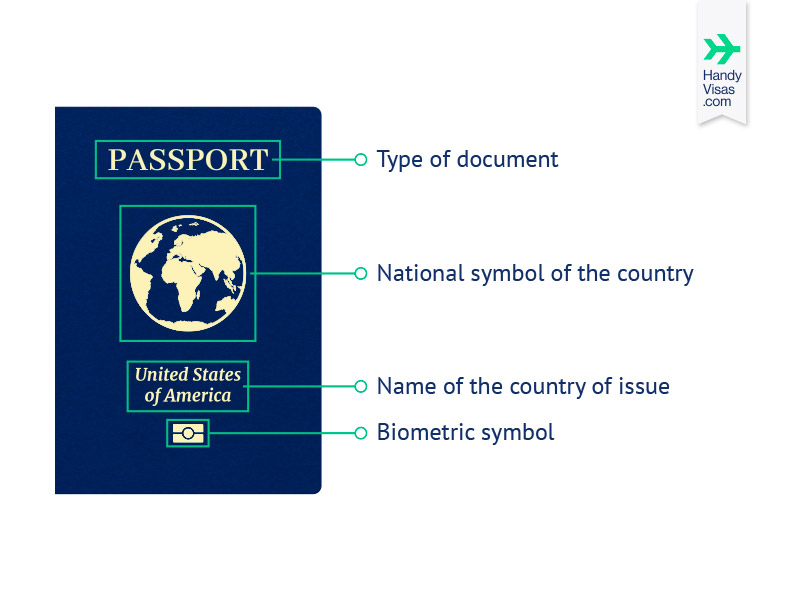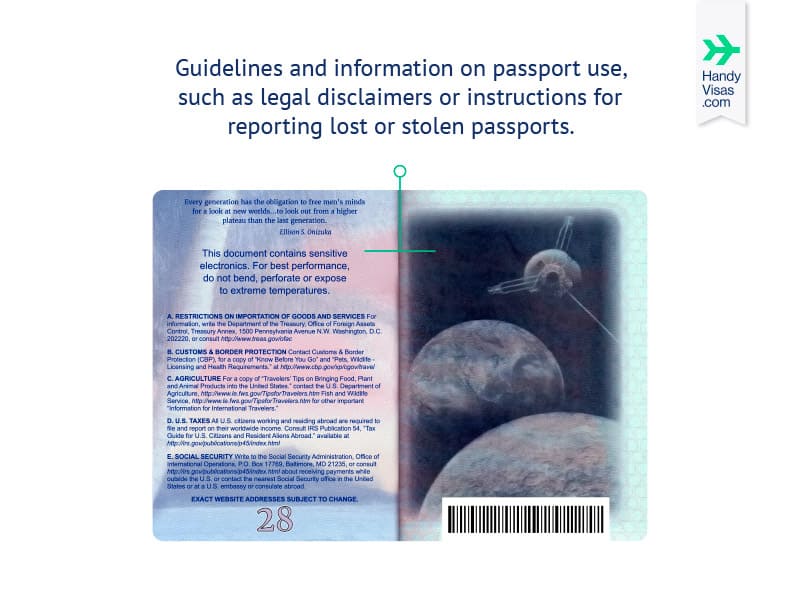What Are the Different Parts of a Passport?
For almost all international journeys, a valid passport is required to enter your destination country. Though a few countries accept national ID for travel, your passport is your key to exploring the world.
It’s also essential for completing some types of paperwork, like registering for ID or applying for a driver's license.
In this post, you’ll find all the details you need on how to read your passport, the different sections, and what they’re used for.
Key Elements of Your Passport
To be able to read your passport, it’s important to understand what each section is used for.
Whatever the issuing country, modern passports usually come in the form of small booklets. Information is contained both on the cover and inside pages.
Older passports simply had the details printed, while modern passports are also machine-readable thanks to an electronic chip, or a machine-readable zone (MRZ).
While each country has different layouts and features, the following sections are standard across international passports.
Which is the front and back cover of my passport?
 The easiest way to tell the front of your passport from the back is by looking for the name of the issuing country on the front cover.
The easiest way to tell the front of your passport from the back is by looking for the name of the issuing country on the front cover.
Your passport's nationality is displayed there, along with a symbol or image representing the country. The front cover also shows the type of passport, whether it's regular, diplomatic, or emergency. It’ll also include a biometric symbol if your passport contains an electronic chip.
In most cases, the back cover is blank, though sometimes it features an embossed symbol for decoration.

Pages inside your passport
Once you open your passport, you’ll find various pages which serve different purposes. The inside front cover usually shows more information or symbols representing the issuing country.
Title page
The first page of your passport is usually a title page, which has a summary of some key details, or more information about the issuing country.
Sometimes this information is translated into other languages, so it can be easily understood in different parts of the world.
Biodata passport page
Next comes the data page, which takes up a double page of your passport. This is where all your important information and personal details are found, including:
Personal information
- Name
- Nationality
- Date of birth
- Place of birth
- Gender
Passport data
- Passport number
- Date of issue
- Date of expiry
- Place of issue or issuing authority
The biodata page also displays your photograph, usually positioned on the left Your passport photo must be a clear image where you are looking directly at the camera, against a white background.
The data page may also include your signature.
Blank passport pages
After the data page, you’ll find blank pages which are stamped when you enter or leave other countries.
The final page of your passport usually has space dedicated to emergency contact information. This is where you should add the names, addresses, and phone numbers of people who can be contacted in an emergency.
Is My Passport Machine-Readable?
Most modern passports are machine-readable or electronic. If your passport is electronic, you’ll find a biometric symbol on the front cover.
The biometric symbol is a rectangle with a horizontal line through it and a circle in the middle, resembling a camera.
Biometric passports also contain a machine-readable zone (MRZ) below your photo and details on the biodata page. This contains important information, including your name and passport number.
There’s no spacing between the words and numbers in the MRZ. There are usually “less than” symbols (<) instead, which allow the data to be understood by a machine.
How Is My Passport Read When I Travel?
The data page is the most important part of your passport — it’s used to verify your identity. The information and photo displayed are checked by border security officials when you enter or leave a country.
Modern passports contain electronic information, which can be read by e-Passport gates at airports to allow passengers to clear border control more smoothly.
What are the pages in my passport used for?
The majority of the pages in a passport are blank, although they may contain background images or decorations. The purpose of these pages is to be stamped when you enter or exit a country.
The stamps you receive when traveling can vary. They usually include an arrival or exit date, or may give details about authorized or prohibited activities, such as ‘work not permitted’.
This provides a record of your travels and entry conditions, helping to ensure that you comply with the regulations and do not stay longer than permitted.